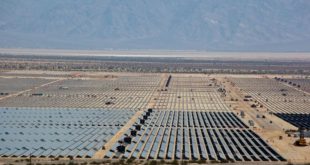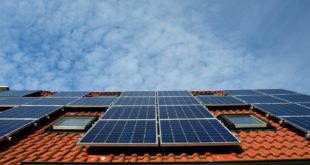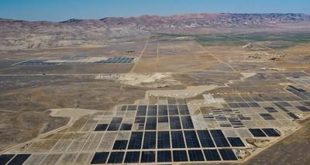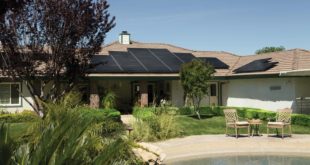A homemade wind generator is the ideal solution for anyone living in windy or overcast areas where solar power may be insufficient or inefficient to rely on. Before deciding whether to have a go at a DIY wind turbine construction at all, it should be wise to have a wind resource assessment done to estimate the energy final output for the project and decide whether it is feasible or not. To do so, a prospective DIY windmill builder should make use of GIS (Geographic Information System) from public data, such as the US National Renewable Energy Laboratory High Resolution Wind Data Set, for example.
Once decided that this is the way to go, it is relatively an easy task to build a wind generator, providing good guidance is available. The costs involved are a fraction of a ready made windmill, down to few $hundreds from $thousands. The real obstacle may be technical, especially without manual or technical experience in such devices. Main parts like the blades, the Dc motor and the mast can easily be found at a hardware store, while batteries to store the converted energy may be recycled from old forklift trucks and pulsed back to life with a homemade de-sulfator.
When talking of domestic windmill generators we always assume they are horizontal axis turbines, as this is by far the most common wind generator design, not just for domestic use but for wind farms as well. Horizontal axis means that the generator spins on such axis with the blades perpendicular, thus the whole structure needs mounting on a mast. The higher the mast, the faster the wind, so in theory it would be ideal to build a tall must, in practice this is not feasible for homemade wind generators, as a twice as high mast would require 8 times more materials to make, be 8 times heavier and require a team to lift it. Not a cheap solution for a DIY project meant to save money.
A better idea is the constructions of multiple smaller units, should one be insufficient for the household energy expenditure. Small homemade wind generators of say, 1000 or 3000 watt, also require a less complicated technology to keep the blades in optimal position to changing wind direction or gust strength. Large wind farm power turbines need complex hydraulics to regulate the pitch and the furling, some have a motor for each blade to adjust the blades to different conditions, but for a small homemade unit this is no problem,
A standard wind turbine set up consists of 3 blades because this is considered the most efficient design for a windmill, both for small and large ones. 4 or more blades become increasingly thinner and expensive to build with only a minimal fraction of gain in efficiency, while 2 blades are probably a little cheaper to build, but less efficient in converting energy from kinetic into mechanical, hence energy produced, causing a worse return on the initial investment.
Is earth4energy scam? Find out the true |earth4energy review| on http://www.squidoo.com/earth4energyscamrevealed. Best |earth4energy review| available on the internet. Click here to find more about |earth4energy review|
 Alternative Energy HQ solar power for homes, wind energy, and bio fuel issues
Alternative Energy HQ solar power for homes, wind energy, and bio fuel issues






